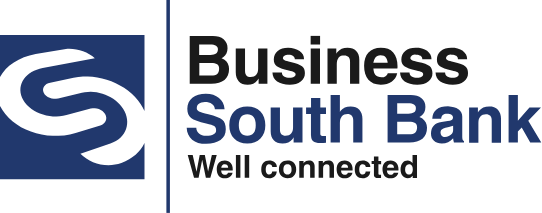Brisbane State High School, Executive Principals – Homeschooling & Beyond
May 12, 2020 – Community, Featured, Uncategorized

Last week, Executive Principal Wade Haynes from Brisbane State High School discussed with our members how schools were tackling online home schooling. Below are some great questions, brought up in the session that outlines in depth the challenges, benefits, relationships and future of home schooling.
- Wade, how are teachers capturing what might have come out in the course of a lesson being delivered organically in a classroom – eg: questions asked and answered in the moment, parallel thinking and learning, being able to reiterate or circle back over content. This will have been lost in the current learning environment, which I think is a shame. Will there be some time spent on recapping material once students are all back in the classroom?
Teachers are using some live means of communication, which are not all face-to-face. You are right about the importance of question/response and interactivity. For example, on Showbie the teacher and students can post in real time and see all the responses. Students can build on the ideas and questions and teachers can prompt. On Padlet, the teacher can set a series of questions and students can post responses under these question headings. Students can all see the responses and, again, build on the ideas.
There is definitely a process of checking in as students return. Teachers are doing this in each subject, there is a process for students to reflect on this across all subjects and learning mentors have been doing some check-ins. Of course, where teachers have focussed on checking for understanding through the time spent learning at home, they will already have a great grasp on what students are up to.
2. How will schools manage students being at different levels of knowledge on the return to school after weeks of home schooling?
There is definitely a process of checking in as students return. Teachers are doing this in each subject, there is a process for students to reflect on this across all subjects and learning mentors have been doing some check-ins. Of course, where teachers have focussed on checking for understanding through the time spent learning at home, they will already have a great grasp on what students are up to.
The other point here is that students are all at different points in a regular classroom. Where teachers have been using technology in their classes to assess current levels and provide customised responses, this is fairly seamless – yes, and hard work.
3. What are the signs that I can look for that show my child is not coping with the new online learning processes? Will the teacher be able to see that?
I think you can apply a lot of the usual strategies. Engagement is the first thing to look for. I’d do this by asking about the work. Are they completing it. Do they feel it is sufficient or overwhelming? Completion is more important than time spent. That assumes that the amount of work set is reasonable – you may find that teachers have over-compensated. In this case your child needs advice about how to prioritise.
I’d be looking to see that they are mixing up activities during the day – is there some variety? Some exercise, some cooking, some fun, some reading …. Variety is a great form of protection.
I’d look at eating and sleeping patterns. I would expect some variation. I know my son is going to bed later and that’s ok because he has an extra 2 hours each morning. Expecting some shifts is ok so long as they are productive.
If you are concerned, talk to the teachers. See if they have noticed anything. Most schools I know, are doing some face-to-face screen time with students. This is one point of reference. They are using other platforms to interact and these, typically, let them see responses from everyone in class with a focus on the work – this can give more insight than usual, in some cases.
Most school are using some other means to check in, so that will help indentify concerns. As always, this is about a 3 way partnership – school, student and family. Whoever spots an issue should engage one or more of the others. I think everyone is wanting to help.
4. Have there been any specific strategies/pedagogies for engaging gifted and talented students through this online learning@home?
It is important that we look after all students across a range of need, including those who are gifted or talented.
It would be fair to say that a large part of this was quickly trying to develop coursework for all students and then allowing teachers to differentiate this week by week. We are 3 weeks into this, so I would say that this is early in the process.
Good coursework will have designed extension activities for students. We have built our courses in iTunesU or Showbie. These platforms allow students to access all the resources and allows teachers to direct students to appropriate learning experiences.
5. for many children the home environment may be far more challenging than the classroom for learning…will the school take this into consideration moving forward?
Yes! I’ve seen it be good challenge and I’ve seen it represent a barrier. Just like in a classroom, every child is different. I’m asking teachers to work hard on pulling down barriers well before we return to class.
There is definitely a process of checking in as students return. Teachers are doing this in each subject, there is a process for students to reflect on this across all subjects and learning mentors have been doing some check-ins. Of course, where teachers have focussed on checking for understanding through the time spent learning at home, they will already have a great grasp on what students are up to.
Schools have a range of ways to take this into consideration. There are options around reporting, for example. More importantly, teachers will want to know that their learning, growth and well-being are all ticking over. Over time, teachers will work on all three.





